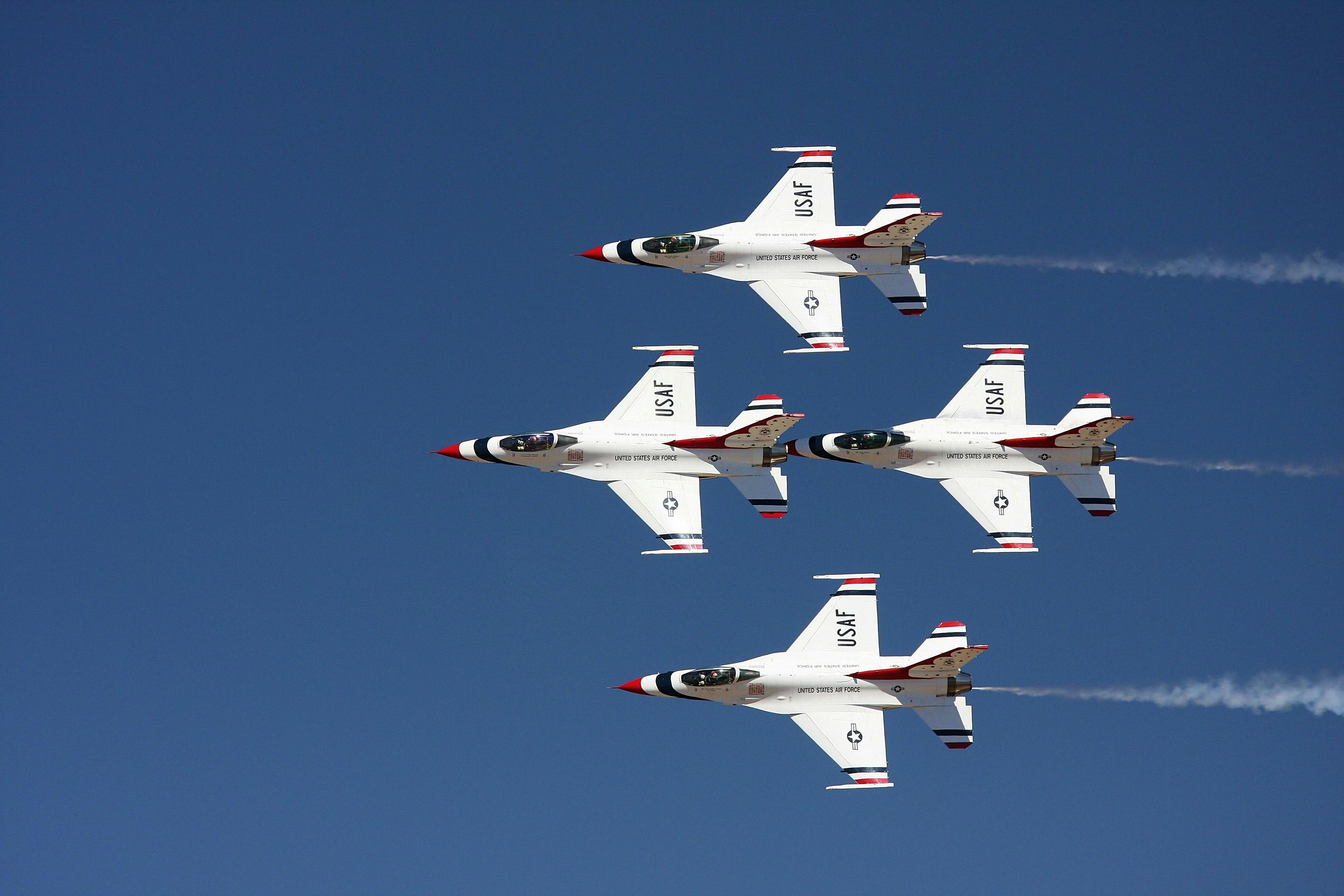Historic Test Flight
In a groundbreaking achievement, the U.S. Air Force has successfully conducted a test flight of an AI-controlled F-16 fighter jet named Vista, with Air Force Secretary Frank Kendall onboard. This historic event, which took place in May 2024 at Edwards Air Force Base in California, marks a significant leap forward in military aviation technology.
Unprecedented Maneuvers and Dogfights
During the hour-long test flight, the AI-controlled F-16 subjected Secretary Kendall to exhilarating maneuvers at speeds exceeding 550 miles per hour and forces up to five times the force of gravity. The aircraft engaged in a high-speed dogfight with a human-piloted F-16, showcasing its ability to maneuver in close proximity to its opponent.
Ambitious Plans for AI Integration
The U.S. Air Force is aggressively pursuing the integration of AI technology into its fleet, with plans to deploy over 1,000 AI-enabled unmanned warplanes by 2028. This ambitious initiative underscores the military's commitment to leveraging AI to enhance its capabilities and maintain strategic advantages on the battlefield.
Strategic Advantages and Motivations
The transition to AI-controlled aircraft is motivated by various factors, including security, cost-effectiveness, and strategic capability. In potential conflicts, AI-enabled unmanned jets offer a more affordable alternative to manned fighters like the F-35, while also reducing the risk to human pilots in hostile environments.
Concerns and Opposition
Despite its potential benefits, the use of AI in military aviation has raised concerns among arms control experts and humanitarian groups. There are worries about the autonomy of AI systems to deploy weapons without further human consultation, raising ethical and humanitarian concerns about the potential loss of life in conflicts.
Testing and Development
The U.S. Air Force and DARPA have been conducting rigorous testing with AI-controlled aircraft to refine their autonomous flight capabilities, particularly in dogfighting scenarios. These tests aim to build trust in AI's ability to perform safely and reliably in unpredictable environments, with real-world performance data being fed back into simulators for further learning.
Conclusion: Shaping the Future of Aerial Combat
As the U.S. Air Force continues to push the boundaries of AI integration in fighter jets, it is clear that this technology will play a crucial role in shaping the future of aerial combat. While there are concerns and opposition, the potential advantages in terms of cost-effectiveness, strategic capability, and reduced risk to human pilots make AI-controlled fighter jets an attractive option for the military.
The successful test flight of the AI-controlled F-16 represents a significant milestone in military aviation history, highlighting the transformative potential of AI technology in bolstering national defense and security.
FAQS
What are the implications of AI-controlled aircraft for future warfare?
AI-controlled aircraft could reduce the risk to human pilots, enhance operational efficiency, and provide superior decision-making capabilities by rapidly processing vast amounts of data. They have the potential for diverse missions, including reconnaissance, combat, and support roles, bolstering military capabilities
.
How might adversaries respond to the deployment of AI in aerial combat?
The deployment of AI in combat scenarios may trigger an arms race among countries, leading to similar developments among adversaries. Concerns about conflict escalation or accidental engagements due to AI misinterpretations could prompt international discussions or regulations on the use of AI in military applications
.
Can AI replace human pilots entirely in the future?
While AI shows promise in executing complex maneuvers and engagements, current technologies struggle to replicate human intuition, creativity, and ethical considerations effectively. Full replacement of human pilots by AI is unlikely in the near term, suggesting a future partnership between AI and human pilots.
